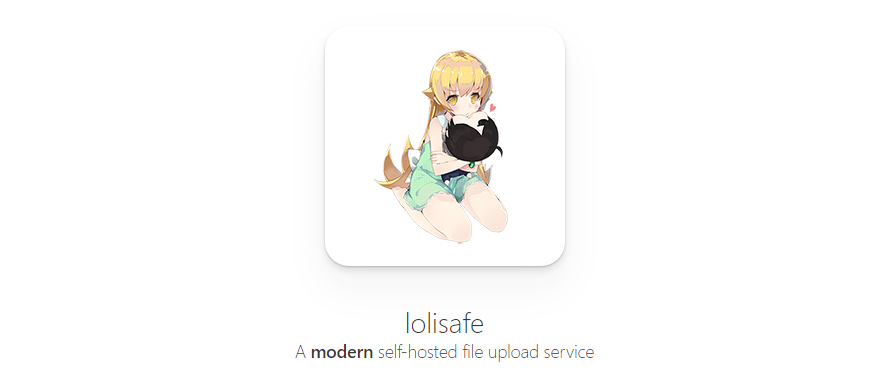|
|
6 years ago | |
|---|---|---|
| docs | 6 years ago | |
| src | 6 years ago | |
| .editorconfig | 6 years ago | |
| .gitattributes | 6 years ago | |
| .gitignore | 6 years ago | |
| README.md | 6 years ago | |
| TODO | 6 years ago | |
| knexfile.js | 6 years ago | |
| nuxt.config.js | 6 years ago | |
| package.json | 6 years ago | |
| pm2.json | 6 years ago | |
| yarn.lock | 6 years ago |
README.md
Pre-requisites
This guide asumes a lot of things, including that you know your way around linux, nginx and internet in general.
- Decently updated version of linux
nodepackage installed and at least at version 10build-essentialpackage installed to build some dependenciesffmpegpackage installed if you want thumbnailsyarnpackage installed. If you'd like to use npm instead changepackage.jsonaccordingly- A database, postgresql preferably. You can also fall back to sqlite3 by default.
Installing
- Clone the repository and
cdinto it - Run
yarn install - Run
yarn setup - Run
yarn migrate - Run
yarn seed
Lolisafe is now installed, configured and ready. Now you need to serve it to the public by using a domain name.
- Check the nginx file for a sample configuration that has every step to run lolisafe securely on production.
After you finish setting up nginx, you need to start lolisafe by using pm2. If you want to use something else, figure out how. (More info on why pm2 here)
- Run
pm2 start pm2.json: - Profit
Cloudflare
If you want to run your site through CloudFlare because of the obvious advantages it has, lolisafe has your back. Unless you manually modify the .env file, uploads through the website will be uploaded in chunks thus bypassing CloudFlare's 100mb upload limit per file.
Author
lolisafe © Pitu, Released under the MIT License.
Authored and maintained by Pitu.
lolisafe.moe · GitHub @Pitu




